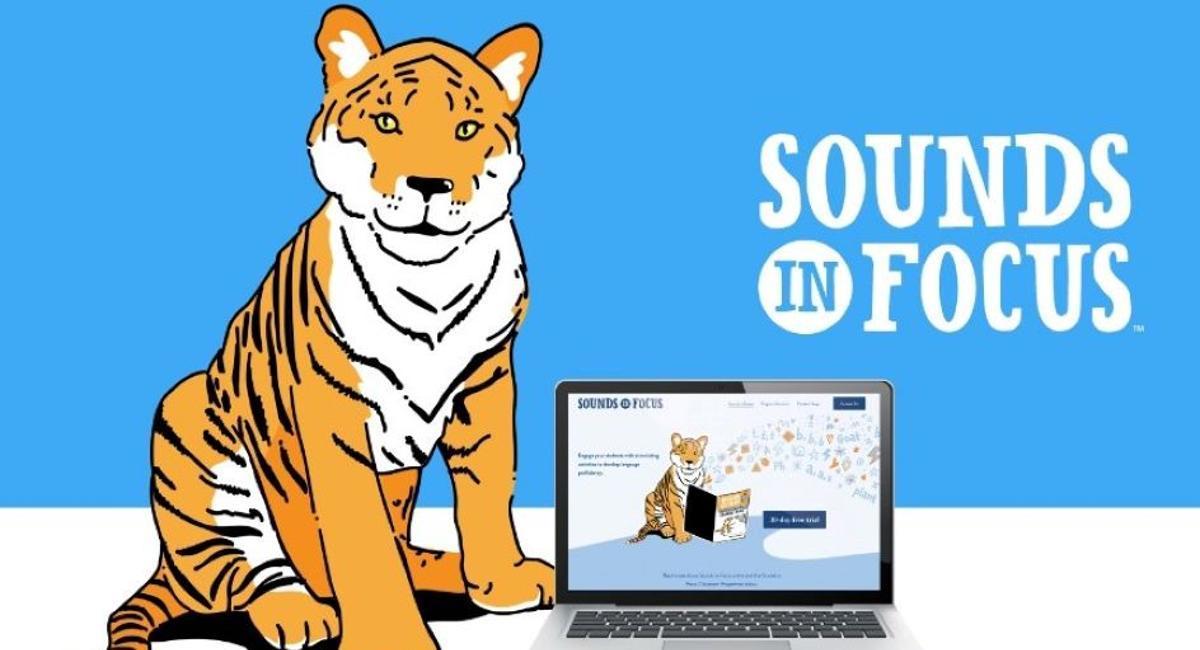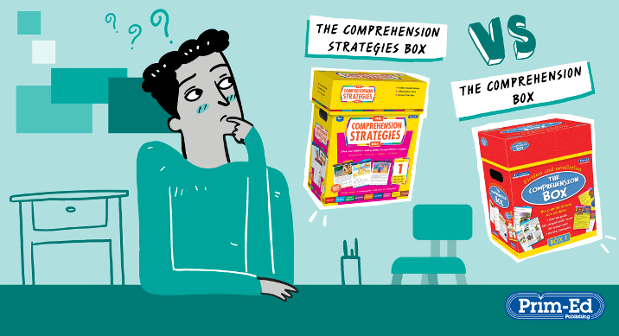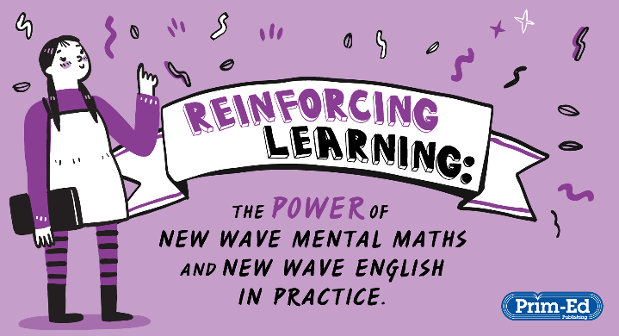- Friday 16 June 2023
Looking for a new way to elevate you pupils’ mastery over the English language? You’ve come to the perfect place. So, let’s not waste time and get straight down to the nitty gritty. You may have heard about this fantastic literacy programme, but what exactly is Sounds in Focus?
Sounds in Focus is an innovative phonemic literacy programme with an effective whole-school approach, enhancing the ability to encode and decode the English language in all primary years. Recognised as the foremost methodology for teaching phonics and other literacy skills (and raising school rankings!), this synthetic phonemic approach assures remarkable results and more engaged pupils.
Unravelling the Sounds in Focus Approach
So, what makes Sounds in Focus stand out as a literacy programme? Well, the Sounds in Focus series introduces a brilliant sound-to-letter encoding and decoding method to your pupils, which acknowledges the diverse representations of sounds.
For example, consider the letter 'm,' which exhibits different sounds in words such as moon, hammer, and thumb when pronounced aloud. Understanding the Sounds in Focus methodology involves breaking words down into code, enabling effective deciphering across all primary school years.
By equipping pupils with the necessary skills to decipher words through letter-sound correlations, this approach empowers them to navigate the English language much more effectively.
The Mechanics: How Sounds in Focus Operates
To grasp the power this literacy approach has in building strong literacy skills, you first need to understand how it operates in your classroom and throughout the school.
The Sounds in Focus method consists of 56 sound units, conveniently organised according to school levels from Years 1 to 6. Every year group focuses on a specific sound unit each week, with lessons tailored to their respective age groups.
The consistency of learning the same sound units across all year groups provides a fantastic opportunity for whole-school activities. A great example of this could include organising an assembly where each class brings words featuring the sound unit 'egh.' This could be an exciting way for pupils to familiarise themselves with a wider variety of words at school.
Then, within each individual class, a three-step process is employed to facilitate learning of the sound unit. The three-step weekly programme is accompanied by complementary activities, such as engaging in sound searches related to everyday objects, ensuring an enjoyable learning experience for both teachers and pupils!
The Fundamentals: Phonemes and Graphemes
The Sounds in Focus series will explain everything you need to know to teach your pupils about phonics and the skills they will gain. So, you definitely don’t have to be a phonemic expert to incorporate the method into your classroom! Let’s break down some of the basics of the Sounds in Focus system.
In this innovative approach, phonemes serve as the fundamental units of sound within words. For instance, the word 'in' consists of two phonemes: I N. And 'sing' comprises three phonemes: S I NG.
Complementing the phonemes are graphemes, the letters or combinations of letters used to represent phonemes in written form. In essence, graphemes are the letters you see on the paper—simple, right?
By utilising phonemes and graphemes in tandem, Sounds in Focus breaks down the English language into manageable chunks, making comprehension easier for your pupils. When paired with visual aids like pictures, these chunks become a powerful system for encoding and decoding the English language, offering pupils an additional tool for literacy.
One of the many great features of Sounds in Focus is that pupils develop their spelling skills directly alongside the teaching of language concepts, making for much deeper understanding and literacy reinforcement.
A Wealth of Resources
With a variety of resources available in the Sounds in Focus range—each of which is designed to support teachers and pupils in the classroom—you can watch your pupils’ literacy skills thrive. This comprehensive collection includes teacher guides, pupil workbooks, posters, flashcards, and the Sounds in Focus online portal.
The portal is a valuable digital tool that allows pupils to work online. On the platform you will gain access to weekly lesson plans, projectable pupil workbook pages, and much more. Recognising the global shift toward digital platforms, we are committed to continuing to expand the portal's features in the future, allowing us to deliver a range of content through multiple channels—stay tuned!
Embrace the Sounds in Focus Approach!
Phonemic awareness and phonic skills don’t just belong in Years 1–3. By adopting the Sounds in Focus approach, whole schools can significantly elevate their literacy scores—and have fun doing it! Numerous institutions that have embraced this synthetic phonemic methodology have witnessed remarkable improvements in their literacy results.
With no prior phonemic knowledge required to use the programme, once you and your students grasp the art of breaking words down into distinct sounds, success and improved literacy ratings will be well within reach. Say goodbye to conventional learning techniques and embrace the strategies that deliver the best outcomes in reading, writing, and spelling.
Start your transformative journey with our engaging literacy approach today and download a free sample of Sound in Focus!


